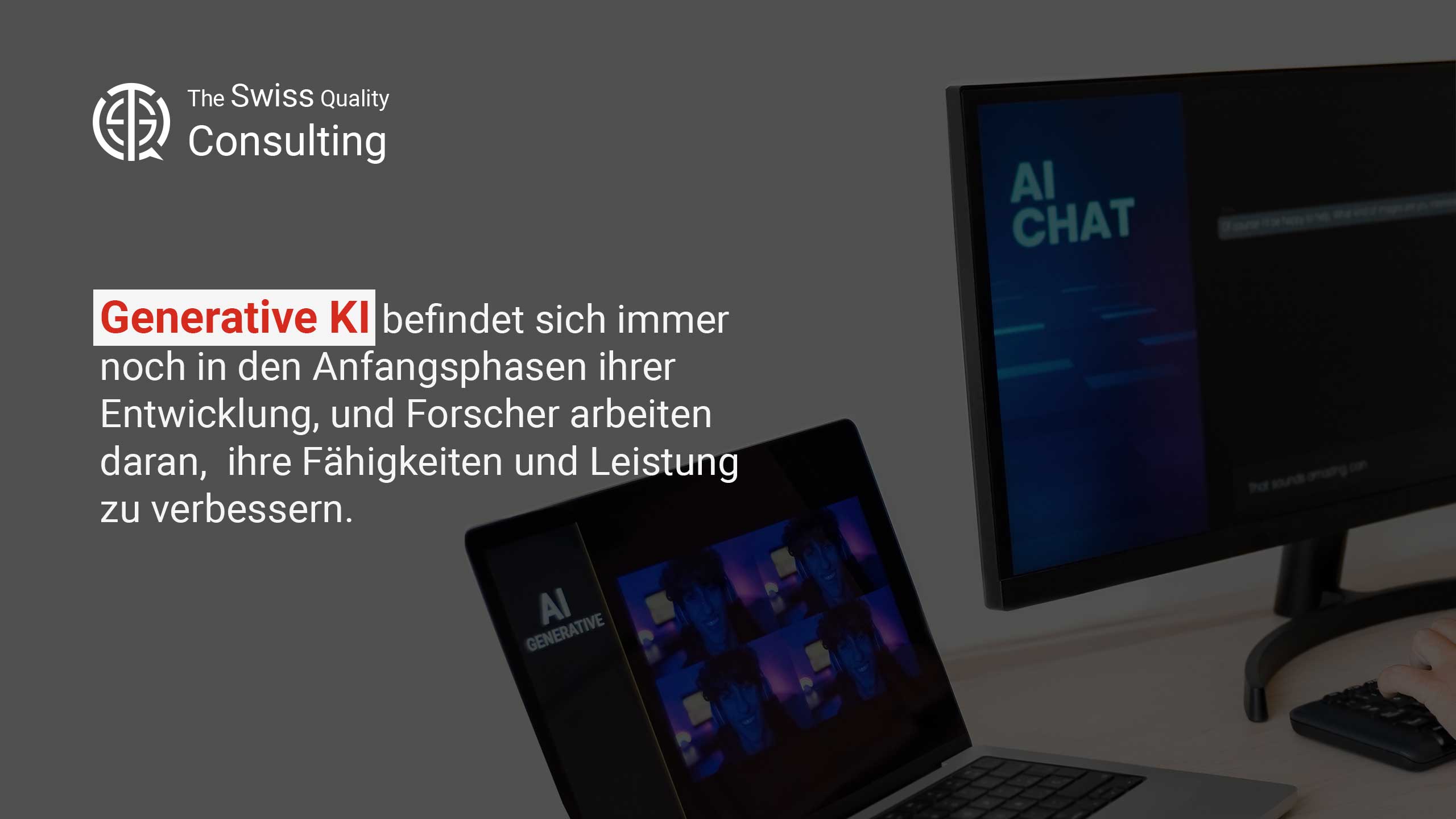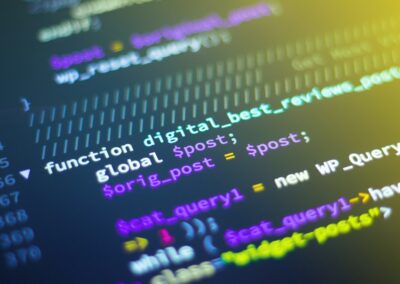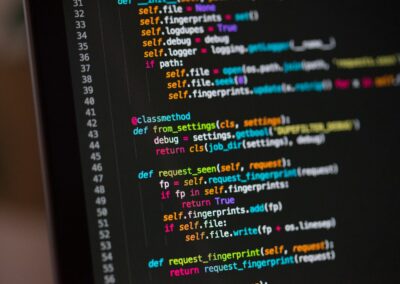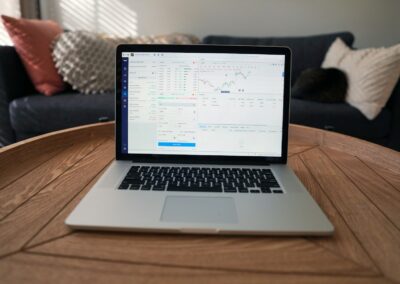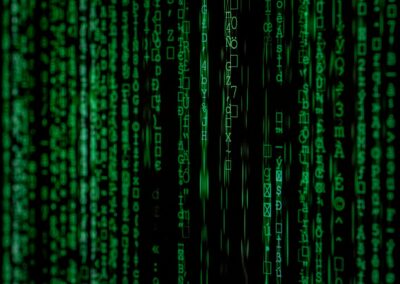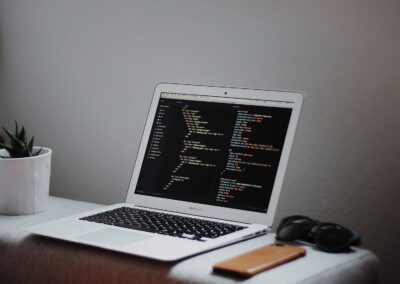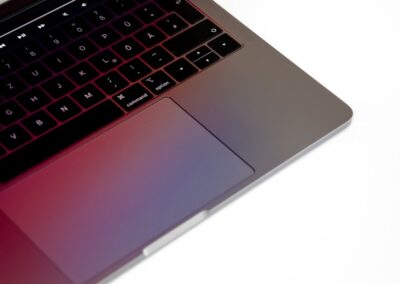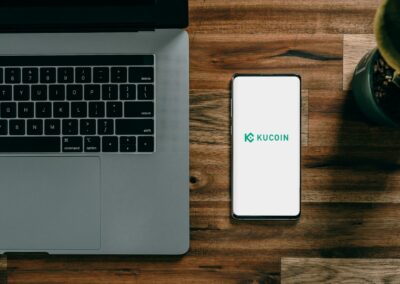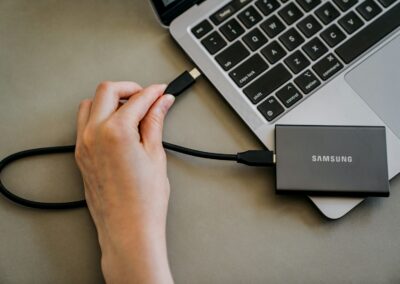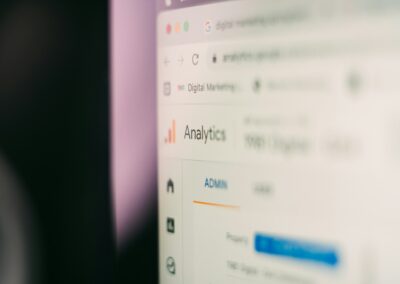Balancing Privacy and Insights with Noise Addition in IoT Data Analytics
The Role of Noise Addition in IoT Data Analytics
Implementing noise addition in IoT data analytics has become a crucial technique for preserving privacy while still enabling valuable insights. As IoT devices proliferate across industries in Saudi Arabia and the UAE, the volume of data generated is immense. This data is essential for optimizing operations, predicting trends, and enhancing customer experiences. However, the sensitive nature of some IoT data, such as personal health information or financial transactions, necessitates strong privacy measures. Noise addition, a method where random data or “noise” is added to datasets, allows analysts to extract meaningful insights without exposing sensitive information.
This technique is particularly relevant in sectors like healthcare and finance, where the privacy of data is of paramount importance. In Riyadh’s healthcare initiatives, for example, IoT devices monitor patient vitals and store personal health data. Noise addition can help in analyzing this data to improve patient outcomes without risking the exposure of individual identities. Similarly, in Dubai’s financial sector, noise addition can be used in data analytics to detect fraud patterns while ensuring that personal financial details remain confidential.
How Noise Addition Preserves Privacy
Noise addition works by introducing randomness into the data before it is analyzed, making it difficult for unauthorized parties to reverse-engineer the dataset and identify specific individuals. This technique is rooted in the concept of differential privacy, which aims to ensure that the inclusion or exclusion of a single data point does not significantly affect the overall analysis, thereby protecting the privacy of individuals within the dataset.
In practical terms, noise can be added to various aspects of IoT data, such as location information, timestamps, or sensor readings. For example, in smart city projects in Saudi Arabia, noise addition can be applied to location data collected from IoT devices monitoring traffic patterns. This allows city planners to analyze traffic flows and optimize infrastructure without revealing the precise movements of individual vehicles. Similarly, in the UAE’s retail sector, noise addition can be used to protect customer purchase history while still enabling businesses to analyze buying trends and personalize marketing efforts.
By carefully calibrating the amount of noise added to the data, organizations can strike a balance between preserving privacy and maintaining the accuracy of their analytics. This ensures that the data remains useful for generating insights while minimizing the risk of privacy breaches.
Key Considerations for Implementing Noise Addition
When implementing noise addition in IoT data analytics, several key considerations must be taken into account. First, it is essential to determine the appropriate level of noise to add to the data. Adding too much noise can obscure the data and reduce the usefulness of the analysis, while too little noise may not provide sufficient privacy protection. Striking the right balance requires a thorough understanding of the data being analyzed and the specific privacy risks involved.
Second, organizations should consider the potential impact of noise addition on the accuracy of their analytics. While privacy is a top priority, the insights derived from the data must still be reliable and actionable. This is particularly important in sectors like healthcare and finance, where decisions based on data analysis can have significant consequences. For instance, in Dubai’s healthcare systems, noise addition must be carefully calibrated to ensure that it does not interfere with the accuracy of medical diagnostics or treatment recommendations.
Finally, it is important to integrate noise addition into a broader data governance framework that includes other privacy-preserving techniques, such as encryption, anonymization, and access controls. This holistic approach ensures that data privacy is maintained throughout the entire data lifecycle, from collection to analysis and storage.
Strategic Approaches to Privacy Preservation in IoT Data Analytics
Leveraging Advanced Technologies for Enhanced Privacy
In addition to noise addition, leveraging advanced technologies such as Artificial Intelligence (AI) and Machine Learning (ML) can further enhance privacy preservation in IoT data analytics. AI algorithms can be used to dynamically adjust the amount of noise added to the data based on the context and sensitivity of the information. For example, in Riyadh’s smart energy management systems, AI can determine the optimal level of noise to add to energy consumption data, protecting customer privacy while still allowing for accurate demand forecasting and resource allocation.
Blockchain technology also offers promising applications for privacy preservation in IoT data analytics. Blockchain’s decentralized and immutable ledger can securely record data transactions, ensuring that noise addition and other privacy measures are consistently applied across the network. In the UAE’s logistics sector, blockchain can be used to securely track and analyze IoT data from supply chains, protecting sensitive information about suppliers and shipments while still enabling efficient operations.
Integrating Privacy by Design in IoT Systems
Integrating the concept of Privacy by Design (PbD) into IoT systems is essential for ensuring that privacy preservation is a core consideration from the outset. PbD involves embedding privacy-enhancing technologies and practices into the design and architecture of IoT systems, rather than treating privacy as an afterthought. This approach ensures that noise addition and other privacy-preserving techniques are built into the system’s functionality, rather than being bolted on later.
In Saudi Arabia’s smart city projects, for example, PbD principles can guide the development of IoT networks that prioritize privacy, from the initial design phase through to deployment and operation. This can include incorporating noise addition into data analytics tools, as well as implementing robust encryption protocols and access controls to protect sensitive data. By adopting PbD, organizations can create IoT systems that are both secure and privacy-compliant, minimizing the risk of data breaches and regulatory non-compliance.
Executive Leadership and Strategic Planning for Privacy Preservation
Effective executive leadership and strategic planning are critical for the successful implementation of privacy-preserving techniques like noise addition in IoT data analytics. Leaders in Saudi Arabia and the UAE must prioritize data privacy as a key component of their digital transformation strategies, ensuring that resources are allocated to the development and maintenance of robust privacy measures.
Executive coaching services can help leaders understand the complexities of privacy preservation in IoT environments and guide them in making informed decisions. In Riyadh and Dubai, where IoT technology is driving innovation across multiple sectors, leadership must focus on aligning privacy strategies with organizational goals and regulatory requirements. By fostering a culture of privacy awareness and ensuring that all stakeholders are committed to protecting data, organizations can build trust with customers and stakeholders, enhancing their reputation and competitive advantage.
Conclusion
Implementing noise addition in IoT data analytics is a powerful technique for preserving privacy while still enabling valuable insights. By carefully calibrating the level of noise added to the data and integrating it into a broader data governance framework, organizations in Saudi Arabia and the UAE can protect sensitive information and maintain the accuracy of their analytics. Leveraging advanced technologies like AI and blockchain, as well as adopting Privacy by Design principles, further enhances privacy preservation in IoT systems. With strong executive leadership and strategic planning, organizations can successfully implement these techniques, safeguarding their IoT networks and ensuring the success of their digital transformation initiatives.
—
#NoiseAddition #IoTDataAnalytics #PrivacyPreservation #DataSecurity #Cybersecurity #IoTInsights #SaudiArabiaTech #UAETech #ArtificialIntelligence #ModernTechnology #BusinessSuccess






